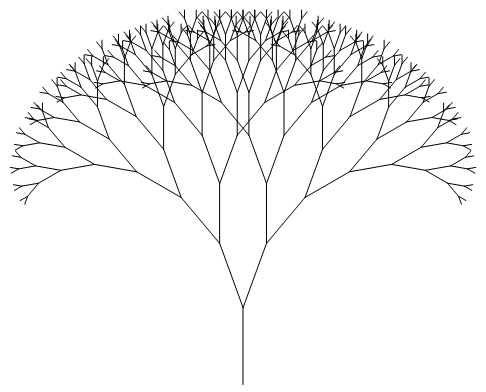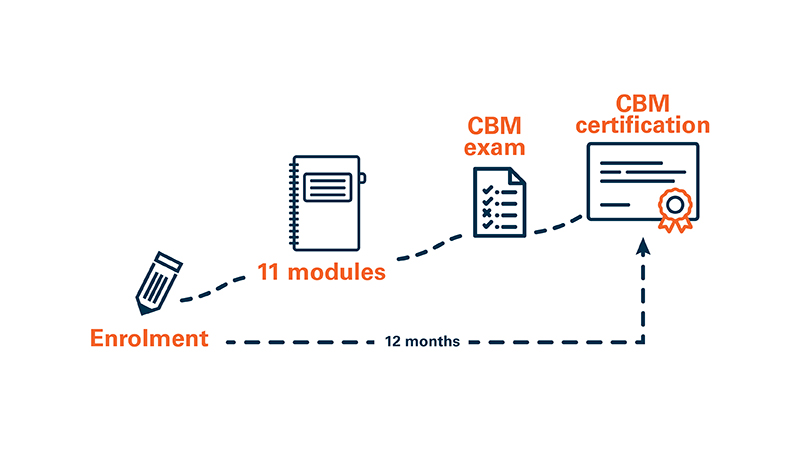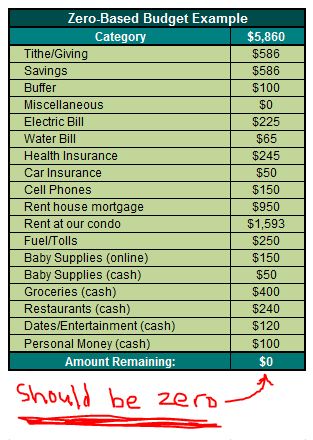Straight-Line Method Financial Accounting
Content

The following depreciation schedule presents the asset’s income statement and balance sheet presentation in each of the years. This method is used only when calculating depreciation for equipment or machinery, the useful life of which is based on production capacity rather than a number of years. So, the company will record depreciation expense of $7,000 annually over the useful life of the equipment.
Depending on the frequency of depreciation calculation, the carrying amount of the asset declines in equal steps. The journal entry for depreciation is considered an adjusting entry, which are the entries you’ll make prior to running an adjusted trial balance. Depreciation is a way to account for the reduction of an asset’s value as a result of using the asset over time. Depreciation generally applies to an entity’s owned fixed assets or to its leased right-of-use assets arising from lessee finance leases.
Understanding Depreciation
Some companies elect to charge the whole-month depreciation in the income statement in the month of purchase and do not charge any depreciation expense in the month of disposal, and vice versa. Even if you’re using accounting software, if it doesn’t have a fixed assets module, you’ll still be entering the depreciation journal entry manually. For those still using ledgers and spreadsheets, you’ll also be recording the entry manually, but in your ledgers, not in your software. In some scenarios, subsequent journal entries may change due to adjustments to the fixed asset’s useful life or value to the company as a result of improvements or impairments of the asset. For example, during year 5 the company may realize the asset will only be useful for 8 years instead of the originally estimated 10 years. The prior depreciation expense cannot be changed as it was already reported.
Depreciation measures the value an asset loses over time—directly from ongoing usage through wear and tear and indirectly from the introduction of new product models and factors like inflation. Note how the book value of the machine at the end of year 5 is the same as the salvage value. Over the useful life of an asset, the value of an asset should depreciate to its salvage value. Company A purchases a machine for $100,000 with an estimated salvage value of $20,000 and a useful life of 5 years.
Depreciation Expense & the Straight-Line Depreciation Method Explained with a Fixed Asset Example & Journal Entries
For example, a building may have a useful life of 30 years, while a computer may have a useful life of five years. The basic difference between depreciation expense and accumulated depreciation lies in the fact that one appears as an expense on the income statement while the other is a contra asset reported on the balance sheet. For example, an asset with a useful life of five years would have a reciprocal value of 1/5, or 20%.
- Note that the depreciation amounts recorded in the years 2020 and before were not changed.
- The depreciation rate may vary depending on the type of asset, the method of depreciation used, and other factors.
- It is computed as the original cost, minus the previous depreciation ($45,000), and minus the revised salvage value ($5,000).
Our asset is still on the books with a value of $10,000, but our Total Fixed Asset value is zero. The $10,000 asset we purchased five years ago is fully depreciated, and in the last five years, we’ve had a total of $10,000 of Depreciation Expense as well. Computer-based spreadsheets usually include built-in depreciation functions.
Straight-line Depreciation Journal Entry
These revaluations pose additional complications because they result in continuous alterations of the amount of depreciation. If the fixed installment method of depreciation is used, a cost of $350 is to be allocated as an expense at the end of each year. The units of production method is based on an asset’s usage, activity, or units of goods produced.

It is important for businesses to keep accurate records of their assets and depreciation expenses for tax purposes. The IRS may audit businesses to ensure that they are complying with the guidelines for calculating depreciation and recording depreciation expenses. Failure to comply with the guidelines can result in penalties and fines, which can be costly for businesses.
Straight-line method of depreciation
If you are calculating depreciation value for tax purposes, you should get the accurate, useful life figure from the Internal Revenue Agency (IRS). A fixed asset account is reduced when paired with accumulated depreciation as it is a contra asset straight-line depreciation journal entry account. In accounting, depreciation is recognized as an expense that reduces the value of the asset on the balance sheet over its useful life. The useful life of an asset is the period during which it is expected to be useful to the business.

Depreciation and accumulated depreciation shows the current value or book value of the used asset. Discover the meaning of a journal entry and a trial balance, types of journal entries, how a general ledger differs from a trial balance, and some examples. The annual depreciation rate under the straight-line method equals 1 divided by the useful life in years.
Similar to the declining balance method, the sum-of-the -years’-digits method accelerates depreciation, resulting in higher depreciation expense in the earlier years of an asset’s life and less in later years. Straight-Line depreciation is the depreciation method that calculated by divided the assets’ cost by the useful life. Assets cost are allocated to expense over their life time, the expenses equal from the beginning to the end of assets’ life.
Example of Straight-line Method of Depreciation
When a company buys an asset, it records the transaction as a debit to increase an asset account on the balance sheet and a credit to reduce cash (or increase accounts payable), which is also on the balance sheet. Neither journal entry affects the income statement, where revenues and expenses are reported. An adjusting entry for depreciation expense is a journal entry made at the end of a period to reflect the expense in the income statement and the decrease in value of the fixed asset on the balance sheet.
- One unique feature of the reducing-balance method is that in the first year, the estimated salvage value is not subtracted from the total asset cost before calculating the first year’s depreciation expense.
- According to straight line depreciation, the company machinery will depreciate $500 every year.
- We will illustrate the details of depreciation, and specifically the straight-line depreciation method, with the following example.
- Depreciation expense reduces taxable income, as it is an expense that is deducted from revenue.
For financial statements to be relevant for their users, the financial statements must be distributed soon after the accounting period ends. Even though the asset was bought mid-year, full year depreciation expense is charged in 20X1 and no depreciation expense shall be charged in 20X5 because the asset would be fully depreciated by the end of 20X4. Double declining depreciation is a good method to use when you expect the asset to lose its value earlier rather than later. Compared with the straight-line method, it doubles the amount of depreciation expense you can take in the first year.
Accumulated depreciation will present as the fixed assets contra account in the balance sheet. First, there is more depreciation expense in the early years and less in the later years. Second, over an asset’s life, an entity cannot record more total depreciation than the asset’s depreciable cost. Notice that in the 5th year, the remaining carrying amount of $15606 was not multiplied by 30%. Lastly, the depreciation rate is applied to the carrying amount of the asset.
Depreciation Journal Entry: How To Keep Your Journal Entries And Accounting Under Control
It is calculated by simply dividing the cost of an asset, less its salvage value, by the useful life of the asset. In the straight-line depreciation method, the cost of a fixed asset is reduced equally in each period of its useful life till it reaches its residual value. Using depreciation allows you to avoid incurring a large expense in a single accounting period, which can severely impact both your balance sheet and your income statement. The straight-line method is the most common method used to calculate depreciation expense.
Categories: Forex Trading
Contact Us

